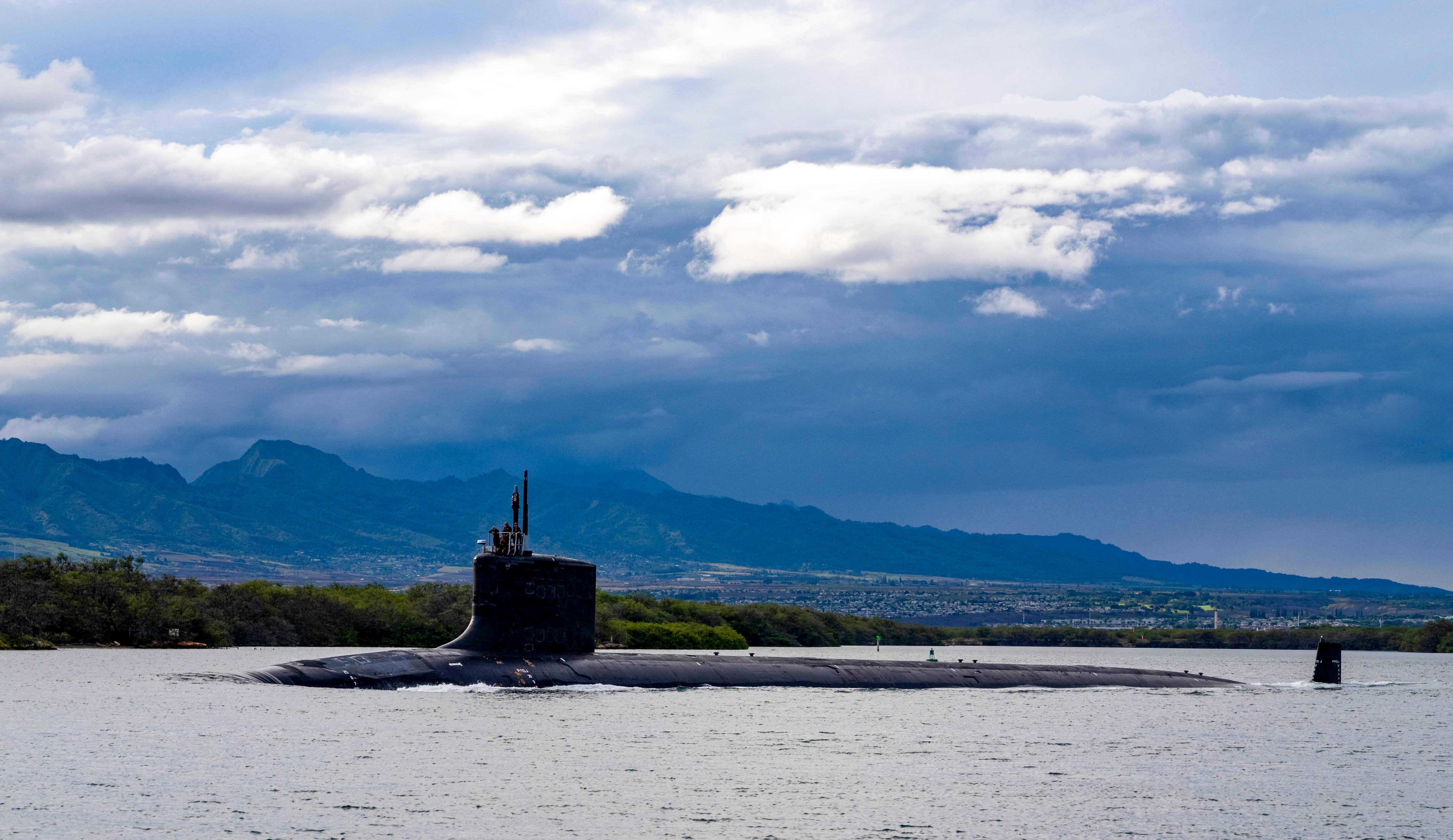Australia’s strategic environment is deteriorating more rapidly than anticipated.
The Indo-Pacific region is now at the center of strategic competition, and military modernization is occurring at an unprecedented rate. It is vital that Australia maintains its capability edge. We must continue to shape, deter and respond as we advance Australia’s security and prosperity.
As readers will understand, it is in this context that Australia, the United Kingdom and the United States established a new, enhanced trilateral security partnership: AUKUS.
Through AUKUS there are opportunities for the Australian defense industry — here in Australia and in overseas markets. The AUKUS partnership will enable our three countries to better cooperate on defense-science, -research, -education, -technology and -industrial bases.
RELATED

AUKUS will enable partnerships to strengthen joint capabilities and interoperability, with initial efforts focusing on cyber capabilities, artificial intelligence, quantum technologies and additional undersea capabilities.
Cooperation under AUKUS will complement the broader investment the Australian government is making in advanced capabilities, including advanced long-range strike capabilities such as the Tomahawk cruise missiles, which will be fielded on our Hobart-class destroyers.
This holistic approach to delivering a capability effect will ensure Australia maintains a potent and networked force that is responsive to the evolving strategic environment.
Australian industry involvement in the development and acquisition of these new capabilities is vital. Australian industry has a long history of delivering the capabilities our service men and women need to defend our nation, deter our adversaries, and contribute to our region’s stability, security and prosperity.
In the first initiative under AUKUS, Australia will acquire at least eight conventionally armed nuclear-powered submarines. As a three-ocean nation, submarines are an essential part of Australia’s naval capability, providing a strategic advantage in terms of surveillance and protection of our maritime approaches. The Australian government intends to construct the nuclear-powered submarines at Osborne in South Australia, backed by Australia’s strong, sovereign defense industry.
The nuclear-powered submarine program will create thousands of jobs in Australia over the coming decades. This will deliver investment in the defense-industry workforce talent pipeline and will support new opportunities for Australian industry to access international supply chains. The introduction of the nuclear-powered submarines will both inspire and demand a growth in people with skills in the nuclear industry, including physicists, engineers and regulatory specialists.
Over the next 18 months, Australia, the United Kingdom and the United States will examine the full suite of requirements that underpin the delivery of nuclear-powered submarines for Australia. This will include a specific focus on industrial base capacity, workforce, construction and maintenance, as well as safety, design, operation, disposal, regulation, training, environmental protection, installations and infrastructure, and force structure.
During the transition to the nuclear-powered submarine program, we are committed to ensuring that critical skills are retained in the shipbuilding sector in Australia, including those workers impacted by the decision not to continue with the Attack-class program.
The Attack-class submarine workforce is a prime candidate for the unprecedented work that needs to be performed across the naval shipbuilding enterprise over the coming decades, where we will rely on their expertise more than ever.
The Australian government has partnered with ASC to implement the new “Sovereign Shipbuilding Talent Pool” to redeploy existing shipbuilding workers from Naval Group Australia and Lockheed Martin Australia directly impacted by the Attack-class decision.
We will support new learning and development opportunities. These may include funded tertiary education in specialist areas such as shipbuilding, physics and nuclear power.
The Department of Defence has also established the Impacted SME Industry Support Cell to support small- to medium-sized businesses affected by the Attack-class submarine program decision. The ISSC is prioritizing assistance toward SMEs that had invested in anticipation of competing for contracts but who were not yet in contract for program-related goods or services. The ISSC is tailoring support and identifying opportunities that might exist in other Defence Department or government programs.
The future nuclear-powered submarines are one part of Australia’s naval shipbuilding enterprise encompassing the construction and upgrade of around 70 ships and submarines in Australia, by Australian workers. This program is unparalleled in Australia’s post-war history, supported by billions of dollars of investment in naval shipbuilding and sustainment. The significant investments this government has made in fostering a sovereign naval shipbuilding enterprise will support 15,000 Australian jobs by the end of the decade.
The shipbuilding workforce is at the forefront of this modern naval ship design and construction activity, driving digital transformation and underpinning our advanced manufacturing sector. We will continue to deliver the defense of our nation and contribute to the stability, security and prosperity of our region through a robust, resilient and internationally competitive Australian defense-industrial base.
Melissa Price is Australia’s minister for defense industry and minister for science and technology.








